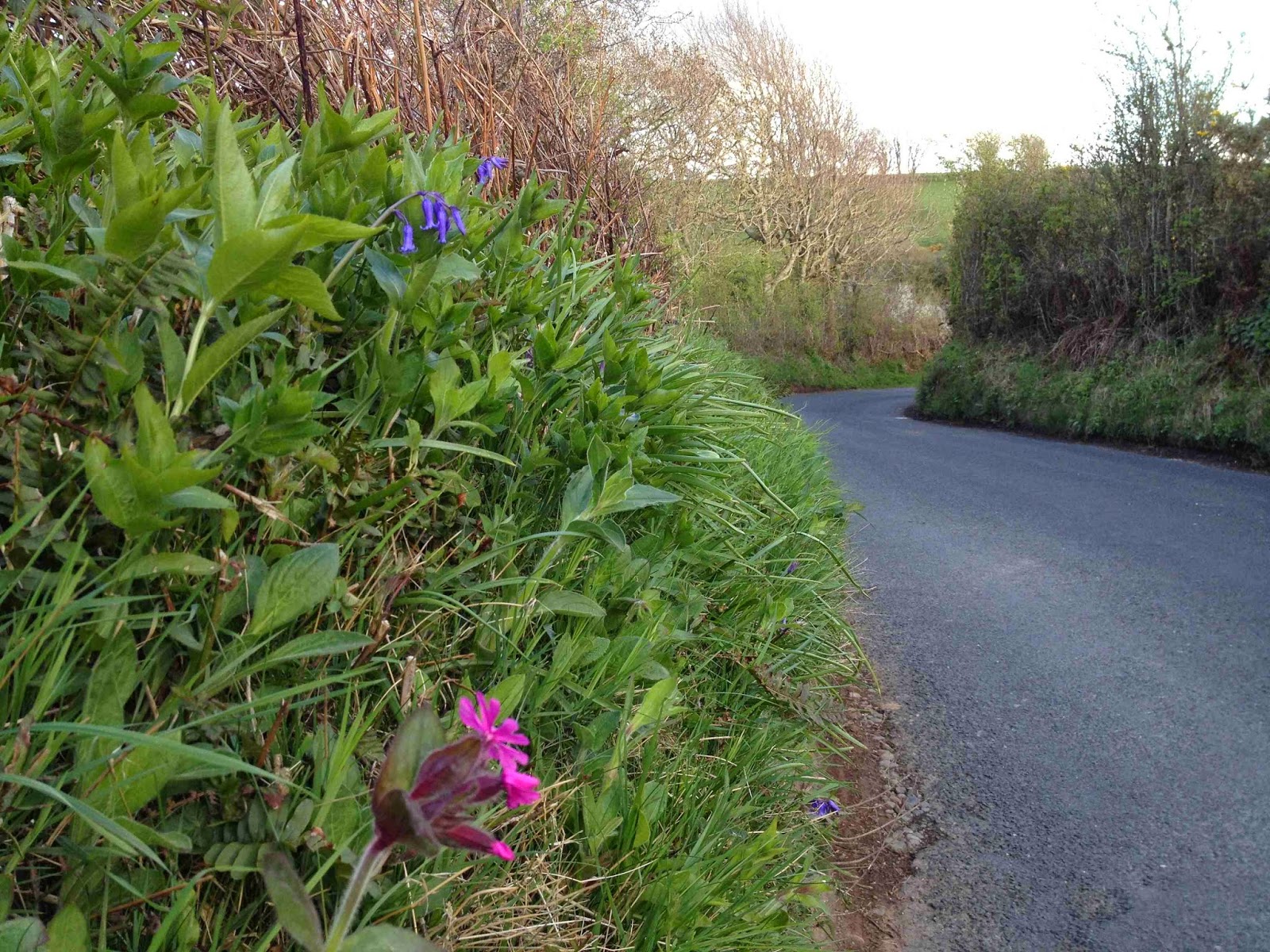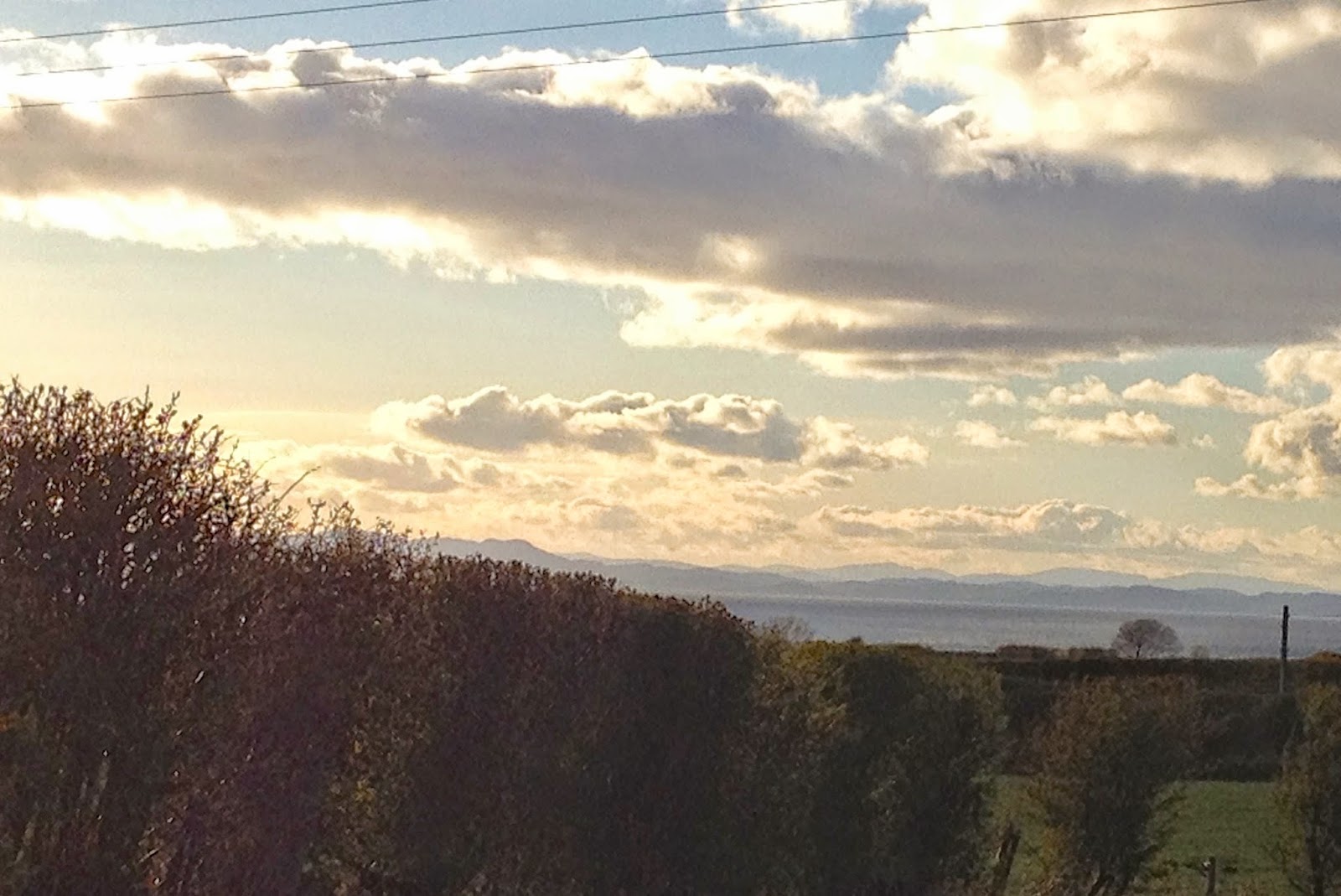 My novel The Boy with Two Heads is three years old today. It was published on February 29th, 2012, the year of the London Olympics. To celebrate this, I have been putting 'shameless ads' on Twitter as listed below, quoting from Goodreads and Amazon reviews. I can't say sales have been huge, but the five star reviews from people I've never met are a wonderful psychological boost.
My novel The Boy with Two Heads is three years old today. It was published on February 29th, 2012, the year of the London Olympics. To celebrate this, I have been putting 'shameless ads' on Twitter as listed below, quoting from Goodreads and Amazon reviews. I can't say sales have been huge, but the five star reviews from people I've never met are a wonderful psychological boost.
 |
| from the official Ways With Words website |
To change the subject, and as reported in previous years, March is the month for Ways With Words to bring their "Words by the Water" Literary Festival to Keswick. It starts on Friday, March 6th, and I volunteered to chair some events again this year. They gave me Eric Chaline's The Temple of Perfection (about the history of gymnasiums from Ancient Athens to the present day), and Levison Wood's Walking the Nile (about his 4,250 mile walk from the jungles of Burundi to the Mediterranean at Alexandria).
 Unfortunately, Levison Wood will not be able to be in Keswick after all. In preparing to chair his talk, I enjoyed the Channel 4 TV series, but learned more from his book. As I have spent some years of my life in Africa, I find his observations of the people and issues that he encountered thoughtful and enlightening, sometimes amusing, sometimes harrowing, and often riveting. So I am disappointed that I won't meet him at the festival to learn even more - and to share in his growing celebrity, of course!
Unfortunately, Levison Wood will not be able to be in Keswick after all. In preparing to chair his talk, I enjoyed the Channel 4 TV series, but learned more from his book. As I have spent some years of my life in Africa, I find his observations of the people and issues that he encountered thoughtful and enlightening, sometimes amusing, sometimes harrowing, and often riveting. So I am disappointed that I won't meet him at the festival to learn even more - and to share in his growing celebrity, of course!
 Meanwhile, Eric Chaline's book has taught me a great deal about how the gymnasium has evolved in Europe and the US since its recognisable beginnings in 7th century BC Athens. As one blurb about The Temple of Perfection states, "Chaline surveys the gym's many incarnations and the ways the individual, the nation-state, the media, and the corporate world have intersected in its steamy confines". The agenda behind the setting up of a gym has not always been to help people pursue individual fulfilment or make millions, as we think of it now. There have been both more sinister, and more philanthropic, stimuli, it seems.
Meanwhile, Eric Chaline's book has taught me a great deal about how the gymnasium has evolved in Europe and the US since its recognisable beginnings in 7th century BC Athens. As one blurb about The Temple of Perfection states, "Chaline surveys the gym's many incarnations and the ways the individual, the nation-state, the media, and the corporate world have intersected in its steamy confines". The agenda behind the setting up of a gym has not always been to help people pursue individual fulfilment or make millions, as we think of it now. There have been both more sinister, and more philanthropic, stimuli, it seems.
Apart from his many journalism articles, Eric has written about 30 books on a variety of subjects. I found I already had one of them on my shelves, although I hadn't realised who it was by! It's called Traveller's Guide to ... Greece in the Year 415 BCE. So I am really looking forward to meeting him at Theatre by the Lake in Keswick on March 8th and to finding out more about those 7th century BCE Greeks, those 20th century CE Californians on Muscle Beach, and all the entrepreneurs and idealists in between.
I wonder if you'll be there too? We might enjoy tea and cake together in celebration of The Boy with Two Heads' third birthday!
These are my shameless ads on Twitter for The Boy with Two Heads
Shameless ad 1: #theboywithtwoheads time-slip novel "captures the atmosphere of Ancient Greece". "Enthralling".
Shameless ad 2: #theboywithtwoheads time-slip novel "a gripping read" "brings Ancient Greece to vibrant life".
Shameless ad 3: from my time-slip novel: "when #theboywithtwoheads wins without a fight, Athena will pay her dues."
Shameless ad 4: #theboywithtwoheads: "extremely well written ... I would love to see this book used in schools." 5stars. Thank you, Fiona!
Shameless ad 5: from my time-slip novel #theboywithtwoheads: "You don't get to the Olympics unless you're the best."
Shameless ad 6: #theboywithtwoheads: " A very enthralling read, I did not want to put the book down.” 5 stars. Thank you, Bill!
Shameless ad 7: (last one - I promise) My time-slip novel #theboywithtwoheads is three yrs old today! Happy birthday, Themis and Suzanne.
@JuliaMNewsome on Twitter
'J M Newsome, author' on Facebook
all photographs © Julia M Newsome unless otherwise credited.
 Perhaps it's because the Greek Gods each represent facets of what makes people human that they are so easy to imagine. They influence the characters in the story I'm writing at present, so they naturally invade my own daily life!
Perhaps it's because the Greek Gods each represent facets of what makes people human that they are so easy to imagine. They influence the characters in the story I'm writing at present, so they naturally invade my own daily life! When I'm working on something, I try to take a walk each day. Sometimes this helps me plan the next day's writing, sometimes it's just for fun and exercise. Yesterday, Zeus was practising playfully with the spring weather. He bombarded me with thunder, lightening, hail, and rainbows, and kept me from doing much planning.
When I'm working on something, I try to take a walk each day. Sometimes this helps me plan the next day's writing, sometimes it's just for fun and exercise. Yesterday, Zeus was practising playfully with the spring weather. He bombarded me with thunder, lightening, hail, and rainbows, and kept me from doing much planning.









































